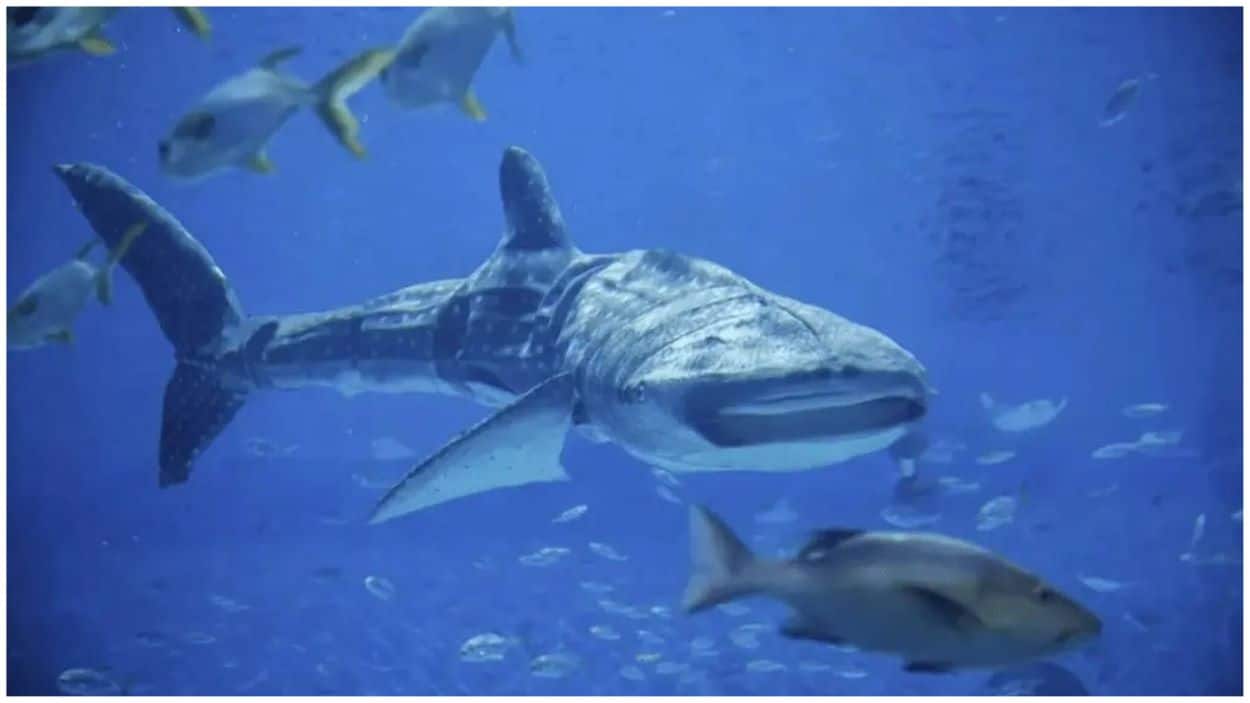Excitement quickly turned to disappointment at China’s Xiaomeisha Sea World aquarium when visitors discovered that the showcased ‘whale shark’ was a robotic imitation.
Following a five-year renovation, the aquarium, which reopened on October 1, drew around 100,000 visitors eager to see the creature believed to be the world’s largest fish. However, the New York Post reported that visible seams and gaps on the fake shark sparked immediate outrage among attendees, each of whom had paid $40 expecting to witness a real whale shark.
Visitors expressed their frustration both onsite and on social media. One disgruntled guest commented, “The venue isn’t large enough, and even the whale shark is artificial. By 3 o’clock, people were already demanding refunds.” Another added, “The most disappointing part was the whale shark exhibit. It’s not interesting at all.”
In response to the backlash, Xiaomeisha SeaWorld stated that the robotic whale shark was introduced to adhere to legal restrictions against the capture and trade of real whale sharks, not to deceive guests. Rhincodon typus is known as the largest fish, with the longest confirmed individual measuring 18 meters.
This incident is not isolated in China’s history with controversial animal exhibits. A similar case occurred at Taizhou Zoo in Jiangsu Province, where dogs were dyed and altered to resemble pandas, deceiving visitors during the May Day holiday. The New York Post highlighted that two chow dogs were transformed into ‘panda dogs,’ a tactic intended to attract more visitors. This unethical practice involving the dogs displayed daily ultimately led to public backlash once the deception was uncovered, raising serious concerns about animal welfare and ethical standards in recreational facilities.






